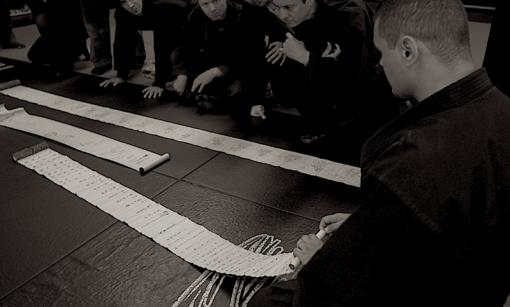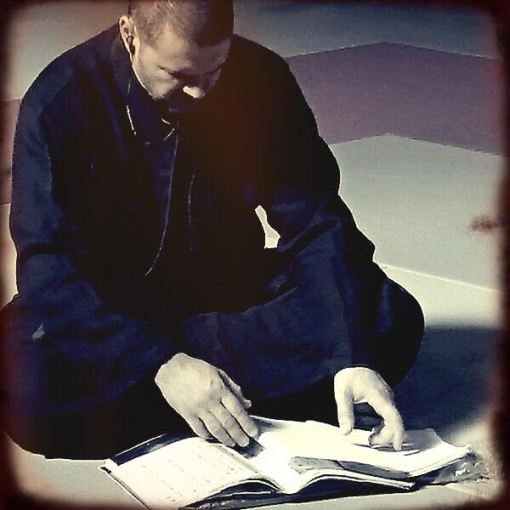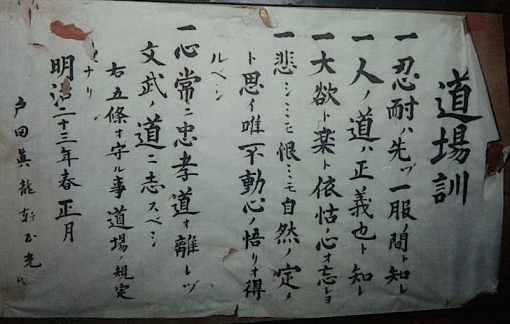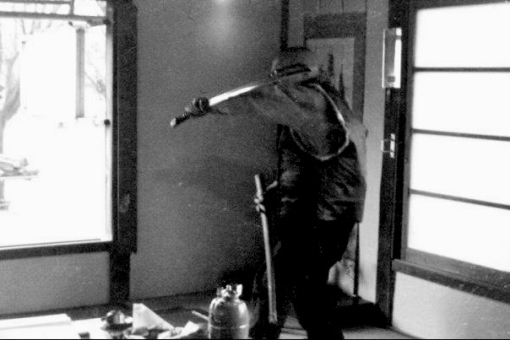
“Gyokko-ryû Kosshijutsu is a very important school. You have Gyokko-ryû Koppōjutsu and Gyokko-ryû Kosshijutsu. This is actually one part of the scroll. It reads “koppô” of Gyokko-ryû Koppôjutsu. There is also Gyokko-ryû Daken (striking with the fists; 打拳) and Gyokko-ryû Torite (grabbing with the hands; 捕手). It was all dependent on the master of the time, the area, the expertise, and what he liked. Some people are sometimes better in one area then another, just as some are only right handed, some are only left handed. Some are ambidexterous. Some have very good balance. And, the some of Gyokko-ryû could give it the name he wanted, the name of the discipline that he was focused on; could be Koppôjutsu, Kosshijutsu, Daken, etc. It was dependent on the process of his practice. Some had a specialty with iai, some with spear, with the bō, etc. So, there is Koppôjutsu and Kosshijutsu. Some have said that there are no weapons in this tradition. This is not true. This tradition was born from using the spear, longsword (tachi; 太刀), iai (居合), shuriken, the kusari (chain; 鎖), and a way of using the kodachi (small sword; 小太刀). It is a very deep and very old tradition. In the first level, for instance, there are 12 techniques, however, it shouldn’t be looked at like this. There were 28 masters, so for each technique here were many variations. You can even mix the techniques together and find more variations. Toda sensei used to say to Takamatsu sensei, “Shôden wa okuden nari” (初伝わ奥伝なり – the first transmission is the highest transmission). So you need to practice the first level like it is the highest level, the deepest level. The highest level came from the first level; the highest technique came from the basic. You push yourself to rise in quality not in quantity. It’s not about being good or being strong, it is to do it correctly.”
✧ DR. KACEM ZOUGHARI







